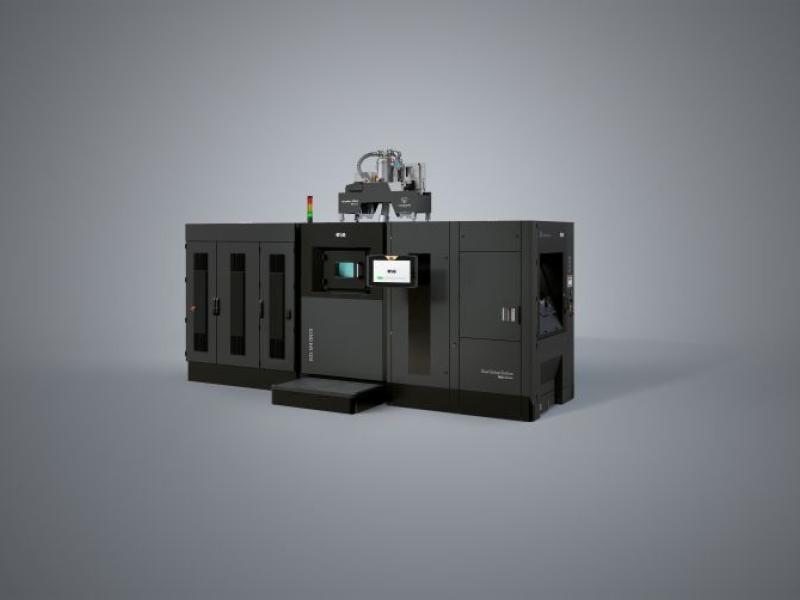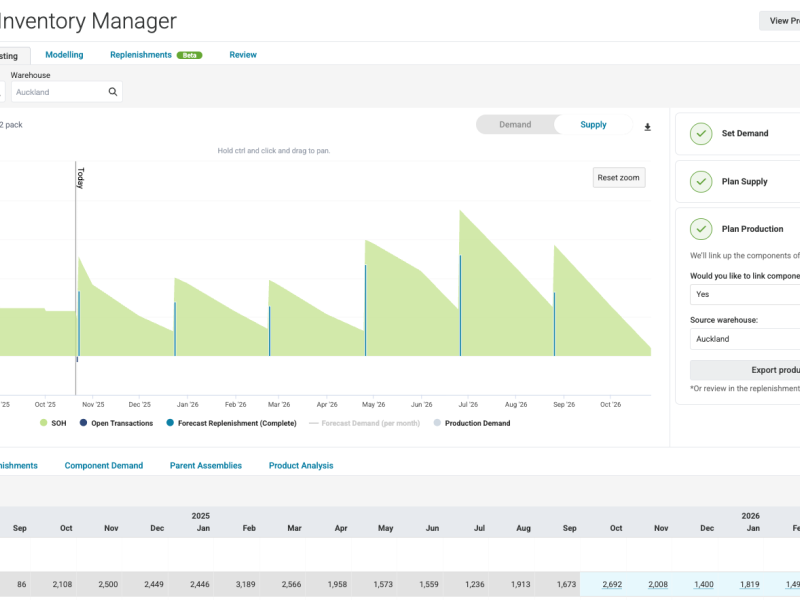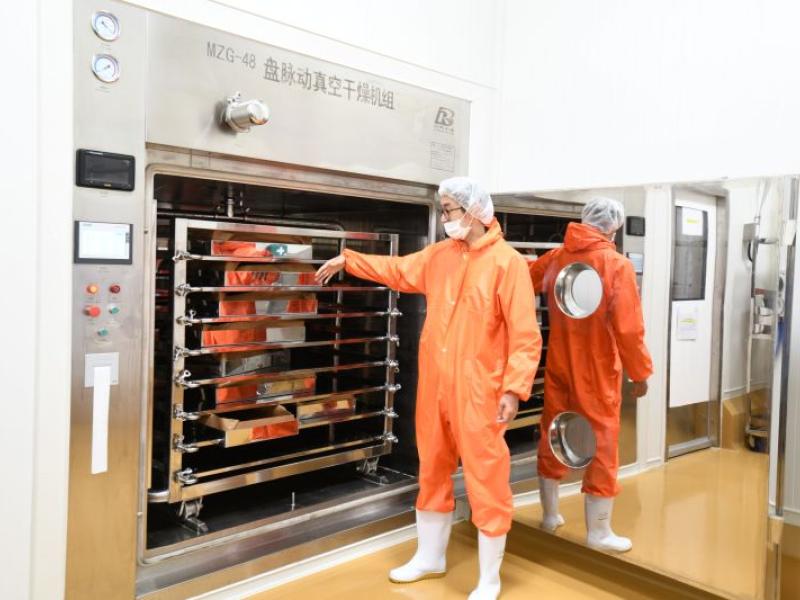In an increasingly competitive global market, the Australian manufacturing sector is embracing new technology in order to thrive. Companies are investing in automation technologies, including robotics and artificial intelligence (AI), to achieve greater efficiencies and meet the demand for higher production (while keeping costs down).
The integration of new technologies does, at times, raise concerns from employees, who may fear they’ll be replaced by robots or automation.
“This is a common misconception,” says Hazel Stewart, Director of Innovate Learn, a Melbourne-based distributor of solutions from Wilson Learning Worldwide. “The Harvard Business Review puts it best: ‘technology does not purge the need for human labour but rather changes the type of labour required. Autonomous does not mean humanless.’”
“The change to new technology actually brings a wide range of new employment opportunities” , says Hazel. She points to the findings of the World Economic Forum’s 2020 Future of Jobs Report, which estimate that by 2025, advanced technologies will lead to the creation of at least 12 million new jobs. They predict increased demand for jobs such as Data and Machine Learning Specialists, but also very ‘human-driven’ professions, including Digital Marketing Specialists and Business Development Professionals.
While these findings are encouraging, they will do little to assuage the concerns of manufacturing employees who may not yet be equipped with these skills. The question for manufacturers is, how to embrace advanced manufacturing without leaving employees feeling vulnerable or alienated?
Leading the change
For the transition to advanced manufacturing to be successful, it is essential that employees are educated about the new technology, as well as its benefits and goals. Employees need to support and believe in the company’s strategic goals, explains Hazel. They need to see clear advantage for both the company and for themselves.
“The majority of employees want to see the organisation they work for succeed and they understand that sometimes change is necessary in order for the company to remain competitive,” she says. “It’s not that employees are resistant to change – but rather that they need clarity on how the change stands to benefit them on both an organisational and an individual level. It’s important that employees feel that their contributions are a valued part of the overall initiative,” she adds.
Collaboration over competition
A great point of departure in a change management initiative is to highlight the benefits afforded by automation and new technology.
“Automation offers manufacturers a host of benefits: it will increase productivity, improve worker safety and efficiency, and reduce errors. Pertinently, it can reduce the burden on employees, by allowing them to channel their energy and creativity into corners of the business where a human perspective is invaluable,” says Hazel.
“Robots enhance the workplace for employees by taking on dull, dangerous and repetitive jobs,” says James McKew, Regional Director APAC for Universal Robots, the specialist developer of collaborative robots for industry (i.e. robots that can work safely alongside humans). According to James, the argument that robots will take jobs from humans is an argument they regularly encounter. Yet robotic automation, he explains, has many advantages for the workforce. Collaborative robots are freeing up people to do more meaningful and fulfilling tasks, and Universal Robots has seen this repeatedly with their customers across the globe. “Robotic automation is known to create new job titles and job opportunities within a business” says James.
The automation of manufacturing tasks may facilitate the re-allocation of labour costs, enabling companies to invest in the professional development of employees. This is a good opportunity to up-skill personnel, equipping them with the capabilities and knowledge they will need to thrive in an altered workplace.
An unexpected but major benefit of automation is that it is reinvigorating the manufacturing sector by making it more attractive to young candidates. The implementation of robotics, programming and automation software in the manufacturing environment, presents an exciting pathway into a sector that may otherwise have limited appeal.
Advanced manufacturing requires a broad range of skills
Technical proficiencies will be in high demand as advanced manufacturing becomes more prevalent. Yet other, more ‘abstract’ skills will be required by future-thinking manufacturing businesses that wish to thrive. Hazel lists these in-demand skills as follows:
- Learning agility. “In a rapidly changing environment where new technologies are constantly coming to the fore, employees must embrace an attitude of continuous learning. Curiosity and a learning mindset are essential, and employees are encouraged to seek out training that will enhance their skills and knowledge.”
- Collaboration. “Creativity and innovation thrive when ideas are shared. The ability to work effectively with others is a skill that will always be in demand in any workplace.”
- Critical thinking. “I would argue that the ability to think critically, strategise and change course with agility, is the most crucial advantage that humans have over robots.”
- Communication. “Another often underrated advantage we have as individuals is our ability to communicate with one another. Sharpening of written and verbal communication skills will increase efficiencies, improve working relationships, and improve the output.”
- Problem-solving. “This is a skill that strengthens with practice and brings significant value to an organisation, creating new opportunities for success”.
All of these are skills that can be developed and honed through employee development programs, adds Hazel. Having collaborated with some of Australia’s leading manufacturers in the roll-out of skills training, she notes that investment in these programs is a significant factor in maintaining employee engagement and satisfaction.
“Change is inevitable, but once teams see new technologies for the opportunities and advantages they present, they can focus on strengthening their uniquely human capabilities. These capabilities will always be in demand in the fourth industrial revolution and beyond – no matter how many robots are working alongside us,” Hazel concludes.
Website: https://www.innovatelearn.com.au/






